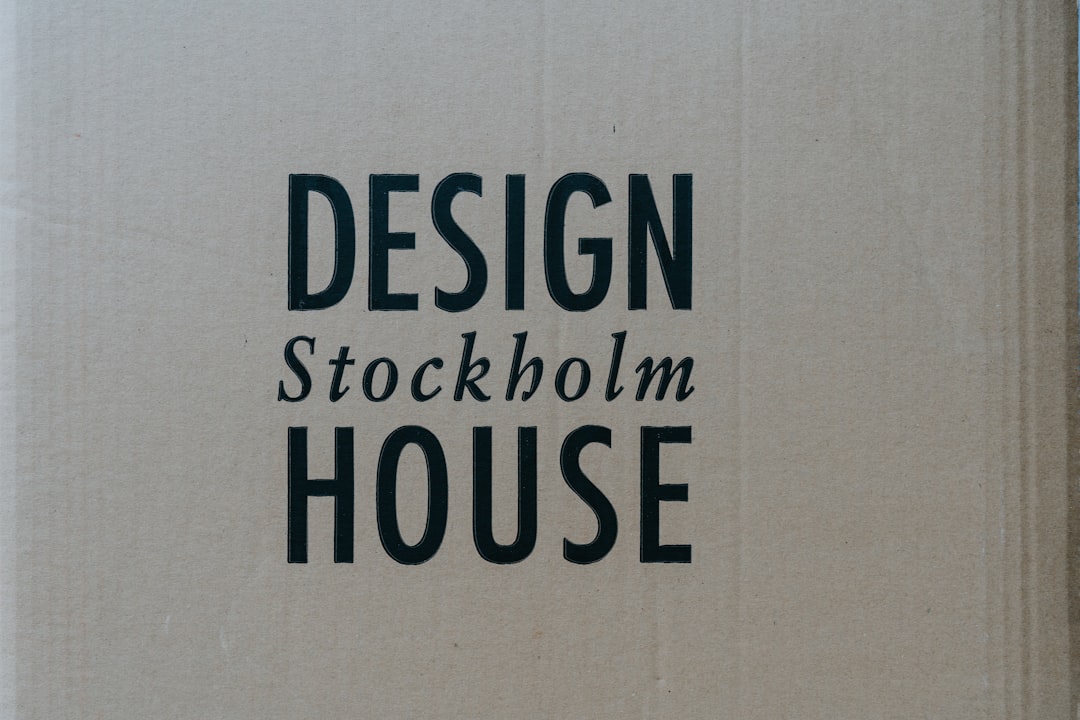Creating a minimalist logo that feels unique, timeless, and powerful without dipping into generic territory can be a delicate balancing act. While minimalism celebrates simplicity, that simplicity can sometimes make designs feel interchangeable or uninspired. For designers, brand owners, and entrepreneurs, curating effective minimalist prompts can spark creativity while maintaining originality.
TL;DR: Crafting minimalist logos is an art rooted in clarity, negative space, and precision. These 14 hand-picked prompts go beyond the typical circle-icon-brand and deliver ideas that are modern, sleek, and unmistakably unique. By focusing on brand personality and essential form, these minimal ideas stay far from being generic. Ideal for designers looking to innovate within a clean and functional framework.
1. Typographic Fusions
Start with a brand’s initials and explore how letters can morph, stack, or reflect one another—almost like a mirror. Integrated typography not only reinforces brand recognition but also invites subtle creativity in a way a generic glyph option can’t match.
Prompt: Fuse the brand’s two initial letters into a seamless monogram using geometric shapes and negative space.
2. Symbol Meets Grid
Balance structure and freedom by creating logos strictly within a grid. The process may be systematic, but the result feels both futuristic and controlled, never random.
Prompt: Design a simplified object or symbol (like a tree, camera, or atom) that aligns completely within a square grid system.
3. Line-Only Landscapes
Minimalist logos with thin, continuous line art can be both elegant and specific when depicting landscapes. They evoke emotion without clutter, suggesting an entire scene through suggestion alone.
Prompt: Capture a coastal landscape or mountain skyline using only continuous, balanced, single-line illustration.
4. Negative Space Tricks
Clever use of negative space gives minimalist logos a conceptual depth others lack. When two ideas can coexist as positive and negative shapes, the result is instantly memorable and intellectually engaging.
Prompt: Create a logo where a single shape doubles as two related ideas using only negative space (like a pen and a city skyline).
5. Geometric Animal Icons
Representing animals with triangles, circles, and squares yields playful yet distinct visuals. This gives the logo personality without detailing fur, feathers, or scales—ideal for modern tech or lifestyle brands.
Prompt: Render an animal silhouette using only overlapping geometric shapes with no outlines or gradients.
6. Minimal Crest Designs
Remove ornamentation from the classic emblem or crest and you’ll find designs that still hold a sense of tradition. Great for educational, institutional, or premium branding.
Prompt: Create a symmetrical crest using only a central icon and two simple supporting elements, like stars or laurels, in a blank white background.
7. 1-Shape Mascot
Mascots don’t always mean mascots in costume. Consider a stylized minimalist figure based on just one movement or posture. Limiting form paradoxically boosts creativity.
Prompt: Design a mascot illustration using only one shape (like a swoosh, block, or circle) with minimal facial features.
8. Folded Paper Look
Using gradients? Do so sparingly. Think origami here—sharp folds, direction of light, and implied dimension within flat tone. The outcome is clean and sophisticated.
Prompt: Create a logo that looks like one folded piece of paper, using gentle gradients to imply dimension and shadow.
9. Architectural Blueprints
Architecture naturally lends itself to minimalist lines, structure, and scale. Reimagining a brand’s identity as a building plan grounds it in rationality, innovation, and intention.
Prompt: Design a brand icon using construction blueprint style—thin lines, simple layout, and technical labels subtly integrated.

10. Abstract Lettermark Paths
Take a letterform from the brand’s name and give it a journey—literally. Bend it, split it, render it as a road or wire. This merges type and concept meaningfully.
Prompt: Manipulate a single letter into an abstract path or maze that suggests movement, growth, or connection.
11. Dot-Only Identity
Dots can do a lot. From Morse code to star constellations, dots arranged in minimalist form serve as code, rhythm, and identity. Surprisingly expressive.
Prompt: Use only dots (different size and spacing allowed) to visually represent the brand’s essence—logo must be readable at 16px size.
12. Retro-Pixel Modernism
Retro and minimal can work together when based on pixel limitations. Think 8-bit charm without nostalgia fatigue—this style fits minimalist gaming, creative tools, or SaaS companies.
Prompt: Construct a brand monogram or icon using only square “pixels” in a 10×10 grid space, no more than 2 colors.
13. Shadow Play Typography
Sometimes what you don’t see completes the message. Create typography that’s fragmented or broken by invisible shadows or layering, hinting at dimension.
Prompt: Design a wordmark where parts of each letter disappear into shadow, using no more than 2 fonts and one primary color.
14. Circular Logos With Empty Cores
A circle is powerful, but it’s often overused. Give it freshness by hollowing it out, breaking its line, or using it to contain contrasting ideas or icons.
Prompt: Design a logo using an incomplete circle to frame a minimalist object, icon, or letterform—with a break in the outer line.
Frequently Asked Questions (FAQ)
- Q: What qualifies as a minimalist logo?
A: A minimalist logo uses a minimal number of shapes, colors, and graphical elements while maintaining clarity and brand personality. Its strength lies in simplicity and idea clarity. - Q: Are minimalist logos too common now?
A: While minimalism is trending, using clever concepts like negative space, geometry fusion, or cultural relevance can make your design stand out. - Q: What industries benefit most from minimalist logos?
A: Tech, fashion, beauty, SaaS, health, and wellness brands often benefit from minimalist aesthetics because they promote elegance, functionality, and legibility. - Q: How do I make a simple logo feel premium?
A: Focus on precision, kerning, balance, and purposeful design decisions. Small changes—like a shifted line, unique corner, or tone in typography—can elevate a design’s perceived value. - Q: What makes a minimalist logo “not generic”?
A: It’s all about concept. A minimal design that conveys a specific story, uses clever symbolism, or features unique compositional arrangements will never look “stock” or generic.


